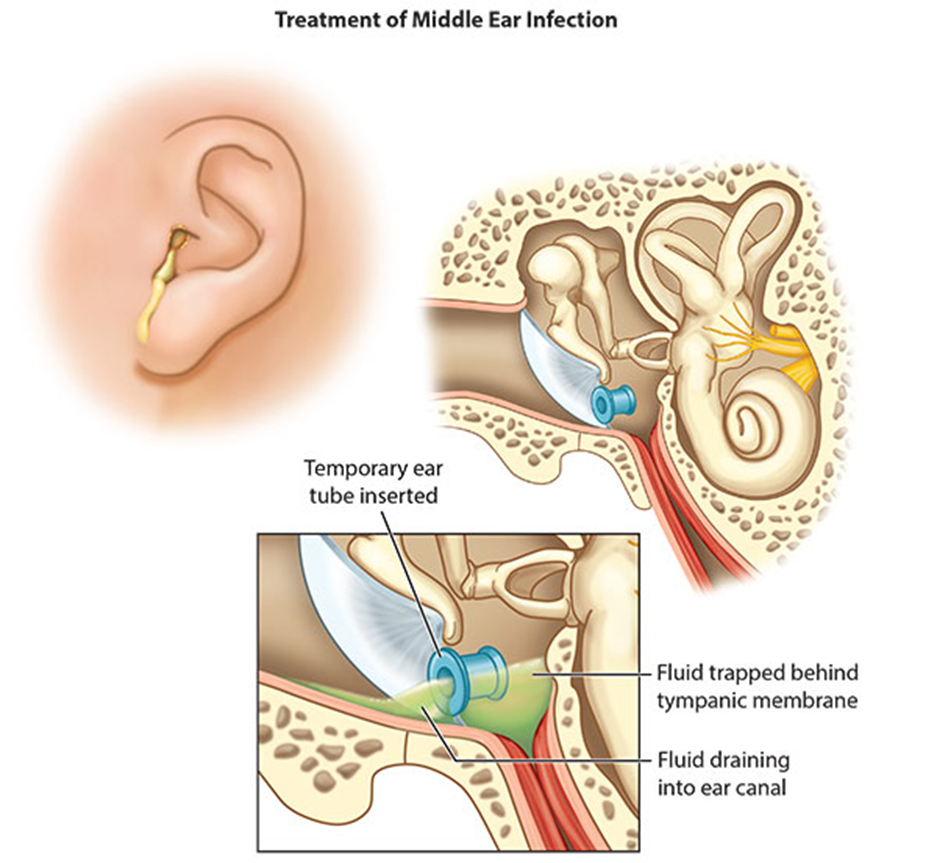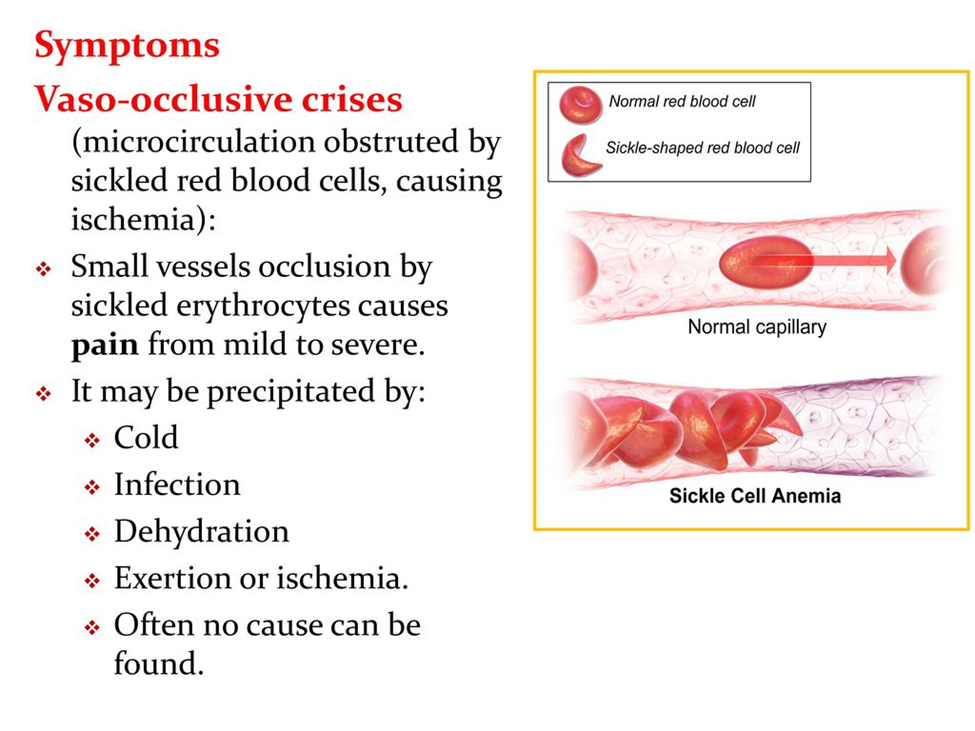A charge nurse is assisting a newly licensed nurse with the preoperative assessment of a 2-year-old child who has a Wilms' tumor. Which of the following actions by the newly licensed nurse indicates an understanding of the needed care?
Measuring the child's abdominal circumference
Palpating the child's abdomen
Providing clear liquids up to 1 hr prior to surgery
Continuously monitoring the child's oxygen saturation
The Correct Answer is A
A. Measuring the child's abdominal circumference:
This is the correct action. Assessing the child's abdominal circumference is essential in monitoring the size of the Wilms' tumor and evaluating for any signs of abdominal distention or growth. Changes in abdominal circumference can provide valuable information about the progression of the tumor and any potential complications.
B. Palpating the child's abdomen:
Palpating the child's abdomen is an essential part of the physical examination to assess for the presence of a mass or any tenderness. However, in the case of a child with a known Wilms' tumor, palpation should be performed gently to avoid causing discomfort or disturbing the tumor.
C. Providing clear liquids up to 1 hr prior to surgery:
Providing clear liquids up to 1 hour prior to surgery is not appropriate for a child undergoing surgery, especially if anesthesia is involved. Preoperative fasting guidelines typically require clear liquids to be stopped a few hours before surgery to reduce the risk of aspiration.
D. Continuously monitoring the child's oxygen saturation:
Continuous monitoring of the child's oxygen saturation is an essential aspect of perioperative care, but it is not specific to the preoperative assessment for a child with Wilms' tumor. Oxygen saturation monitoring is typically performed throughout the perioperative period to ensure adequate oxygenation during surgery and recovery.
Nursing Test Bank
Naxlex Comprehensive Predictor Exams
Related Questions
Correct Answer is C
Explanation
A. "Gently put the tubes back into the child's ears": This is not the correct response. Tympanoplasty tubes are not meant to be reinserted if they fall out. Attempting to reinsert them without proper medical training could cause injury or damage to the child's ears. Therefore, this response should be avoided.
B. "Bring the child to the emergency department immediately": While it's important for the parent to seek medical attention if the tubes fall out, it may not always necessitate a visit to the emergency department, especially if the child is not experiencing any other symptoms. This response might cause unnecessary panic for the parent and may not be the most appropriate course of action.
C. "Notify the provider that the tubes have fallen out": This is the correct response. If the tympanoplasty tubes fall out, the parent should notify the healthcare provider who performed the procedure. The provider can then assess the situation and determine the next steps, which may include scheduling a follow-up appointment to evaluate the child's ears.
D. "The tubes are sutured in place and must be surgically removed": This is incorrect. Tympanoplasty tubes are not sutured in place; they are typically designed to fall out on their own after a certain period of time. Additionally, removal of tympanoplasty tubes usually does not require another surgical procedure.

Correct Answer is C
Explanation
A. "Avoid immunizing your child with the meningococcal vaccine."
This statement is incorrect. Children with sickle cell anemia are at increased risk of infections, including meningococcal disease. Immunization with the meningococcal vaccine is recommended to help prevent this serious infection.
B. "Restrict the time your child spends playing outdoors."
While it's important for children with sickle cell anemia to avoid extreme temperatures and stay hydrated to prevent triggering a vaso-occlusive crisis, completely restricting outdoor playtime may not be necessary. It's essential to encourage appropriate hydration and dress warmly in cold weather but allowing outdoor play in moderation can be beneficial for physical activity and socialization.
C. "Increase your child's intake of oral fluids."
This is a correct statement. Adequate hydration is crucial for children with sickle cell anemia to help prevent vaso-occlusive crises and maintain overall health. Increasing oral fluid intake, particularly water, can help prevent dehydration and promote circulation of sickle-shaped red blood cells.
D. "Provide your child with a high-protein diet."
This is also a correct statement. A diet rich in high-quality protein can help support healthy growth and development in children with sickle cell anemia. Protein is important for building and repairing tissues, including red blood cells. However, it's essential to ensure a balanced diet that includes a variety of nutrients, not just protein.

Whether you are a student looking to ace your exams or a practicing nurse seeking to enhance your expertise , our nursing education contents will empower you with the confidence and competence to make a difference in the lives of patients and become a respected leader in the healthcare field.
Visit Naxlex, invest in your future and unlock endless possibilities with our unparalleled nursing education contents today
Report Wrong Answer on the Current Question
Do you disagree with the answer? If yes, what is your expected answer? Explain.
Kindly be descriptive with the issue you are facing.
